The animals possess jaws and paired lateral appendages. The group is divided into 7 classes.
- Class Placodermi (extinct)
- Class Chondrichthyes
- Class Osteichthyes
- Class Amphibia
- Class Reptilia
- Class Aves
- Class Mammalia
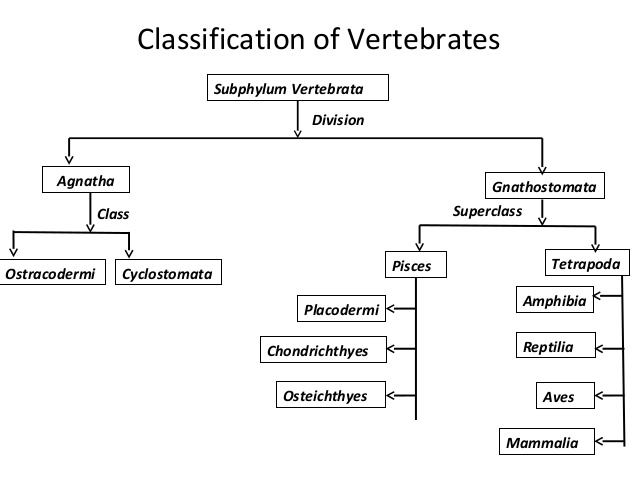
Class : Chondrichthyes
Class Chondrichthyes (Chondros – cartilage; ichthys – fish) consists of fishes with cartilagenous endoskeleton.
Habitat: All members are marine. These animals are mostly predaceous.
Examples:
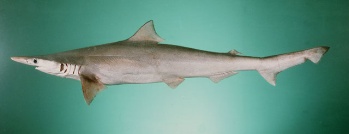 |
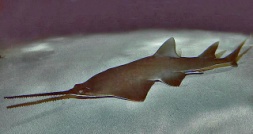 |
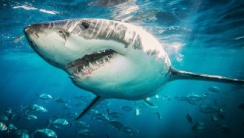 |
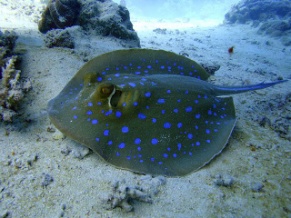 |
| Scoliodon
(Dog fish), |
Pristis
(Saw fish) |
Carcharodon (Great white shark) | Trygon
(Sting ray) |
Body characteristics:
- All the members have streamlined body and a cartilagenous endoskeleton. Fins also have cartilaginous rays.
- Mouth is present in the ventral surface.
- Five to seven pairs of gills are present. Gill slits are separate. They do not have an operculum (gill cover).
- The skin is tough, containing minute placoid scales.
- Teeth are modified placoid scales which are backwardly directed.
- Their jaws are very powerful.
- Heart is two-chambered (one auricle and one ventricle).
- They possess lateral line sense organs. Some of them have electric organs (e.g., Torpedo) and some possess poison sting (e.g., Trygon).
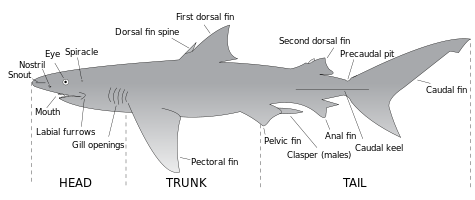
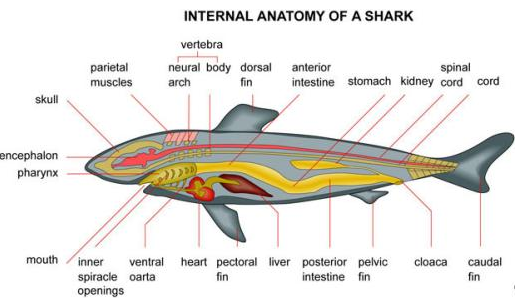
Physiology:
- Due to the absence of air bladder, they have to swim constantly to avoid sinking.
- They are cold-blooded (poikilothermous) animals, i.e., they lack the capacity to regulate their body temperature.
Notochord: Notochord is persistent throughout life.
Reproduction: Sexes are separate. In males pelvic fins bear claspers. They have internal fertilisation and many of them are viviparous.